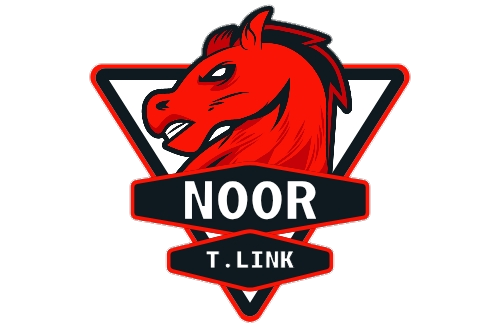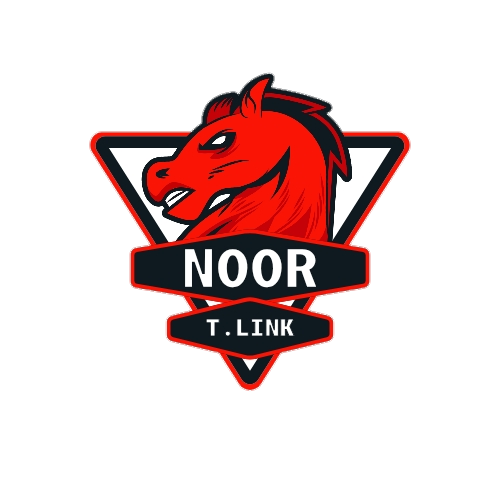World, the blockchain initiative formerly known as Worldcoin, has launched a significant upgrade to its mainnet infrastructure with the rollout of Priority Blockspace for Humans (PBH) on the World Chain. This initiative marks a strategic effort to build a network comprising over a billion verified human users, with the aim of improving equity and efficiency in transaction processing.
PBH has been designed to allocate a dedicated portion of each block on the World Chain exclusively for individuals who have completed identity verification through World’s Orb technology. By doing so, the platform seeks to ensure that these users receive priority in transaction processing—particularly during periods of high network congestion. This design introduces a user-centric approach to blockchain ordering that contrasts with conventional systems, where transactions are typically prioritized based on gas fees or economic bidding.
Human-Centric Blockchain Transaction Layer
The PBH system leverages proof-of-human verification to assign priority, allowing Orb-verified users seamless access to key services, including identity verification, interactions with Mini Apps, and the claiming of grants. All of these activities are processed without additional transaction costs, a shift that is expected to improve fairness for everyday users.
According to leadership at Tools for Humanity, a core contributor to the World project, this upgrade aims to make the World Chain more equitable and efficient by focusing on real human activity instead of economic power. The PBH architecture reportedly reflects the project’s broader vision that blockchain systems can be designed to serve people without compromising on speed or scalability. The team emphasized its belief in a future where humans and artificial intelligence can function collaboratively within shared digital environments.
Advancing Privacy and Infrastructure Resilience
The PBH launch follows the recent implementation of Secure Multi-Party Computation (SMPC) on the platform—a privacy-preserving cryptographic method that ensures the complete anonymity and safety of user data. SMPC works by encrypting a user’s identity information and distributing secret fragments to multiple trusted parties. This approach makes it impossible to reconstruct original data or link it back to any individual, while also enabling the deletion of legacy biometric records, such as iris codes.
Developers can now ensure the 13M+ real humans on World are getting their transactions prioritized over bots. Learn more: https://t.co/8ei909yd4Q
— World (@worldcoin) June 26, 2025
In terms of technical robustness, World Chain’s PBH feature has undergone rigorous validation. It has been tested extensively on an incentivized testnet that included a diverse mix of researchers and developers. In addition, it has passed independent audits conducted by Nethermind, a well-regarded blockchain security firm. These efforts underscore the project’s commitment to reliability and secure deployment.
The integration of PBH into World Chain’s Block Builder and Rollup Boost modules enhances its technical reach, as it enables custom transaction ordering across OP Stack chains, a widely adopted layer-2 framework. This positions PBH as not only a novel feature for World users but also as a potential building block for broader blockchain applications seeking human-centric prioritization mechanisms.
Building Toward a Billion-User Network
With PBH now active on the mainnet, World is accelerating its ambition to support mass-scale human participation in blockchain systems. The emphasis on user verification, data privacy, and inclusive access reflects a broader effort to reimagine the role of identity and fairness in decentralized networks.
As blockchain technology continues to evolve, initiatives like PBH suggest a shift in focus—from purely financial incentives to systems that prioritize verified human interaction. With its combination of privacy-first architecture and adaptable transaction mechanisms, World Chain aims to be at the forefront of this movement, fostering a more inclusive and human-oriented digital future.



